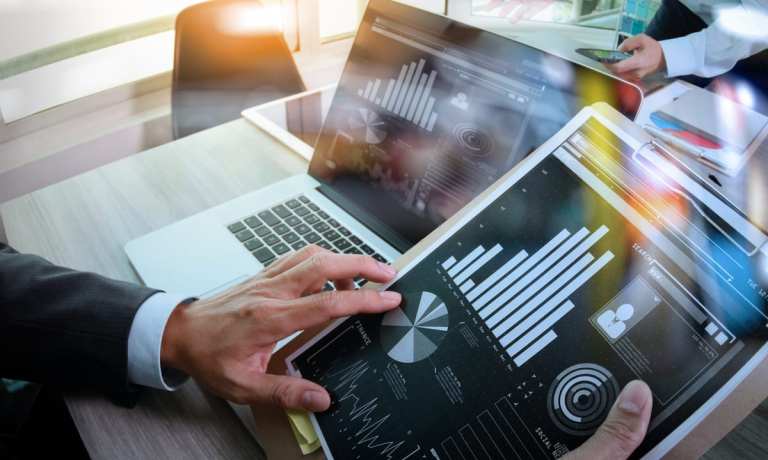
J.P. Morgan credit card customers have spent 17 percent more year-to-date as compared to the same time in 2019, Reuters reported, quoting bank co-president Gordon Smith.
Because of that increase in spending, Smith said it should be easy for loans to grow at a modest pace before the end of the year, the report stated. Banks have had varying opinions on how the spending will shift between debit and credit.
Big banks have been releasing billions of dollars in reserves, which had been saved up over the past year of the pandemic as they anticipated losses, PYMNTS reported.
Because the losses didn’t come, consumers eventually decided to pay off their debts and beef up their savings accounts. So, with all of that in mind, individuals and families who have built up “emergency” funds could feel more comfortable taking on debt in the near future.
J.P. Morgan Chief Financial Officer Jennifer Piepszak said consumer sentiment has already returned to somewhat normalized levels. That includes more normal debit and credit card spending with increased credit card spending on travel and entertainment. She also said there is likely to be more spending in these areas in the coming months.
“As economies reopen and vaccines become ever more widespread, the venues and destinations that are integral to those verticals … will see more activity,” she said.
PYMNTS reported that consumer spending rose to $80.3 billion in April, which came with a shift in preferences toward services over goods. There was a $112.6 billion surge in the services sector, and a decrease of $32.3 billion spent on goods. The surge in spending came with boosts to entertainment, dining and lodging.
Meanwhile, spending on food, beverages and other nondurable goods suffered.
With the increase in spending, economists have predicted a 10 percent increase in the gross domestic product (GDP). That coincides with boosts in vaccinations and savings from individual households.